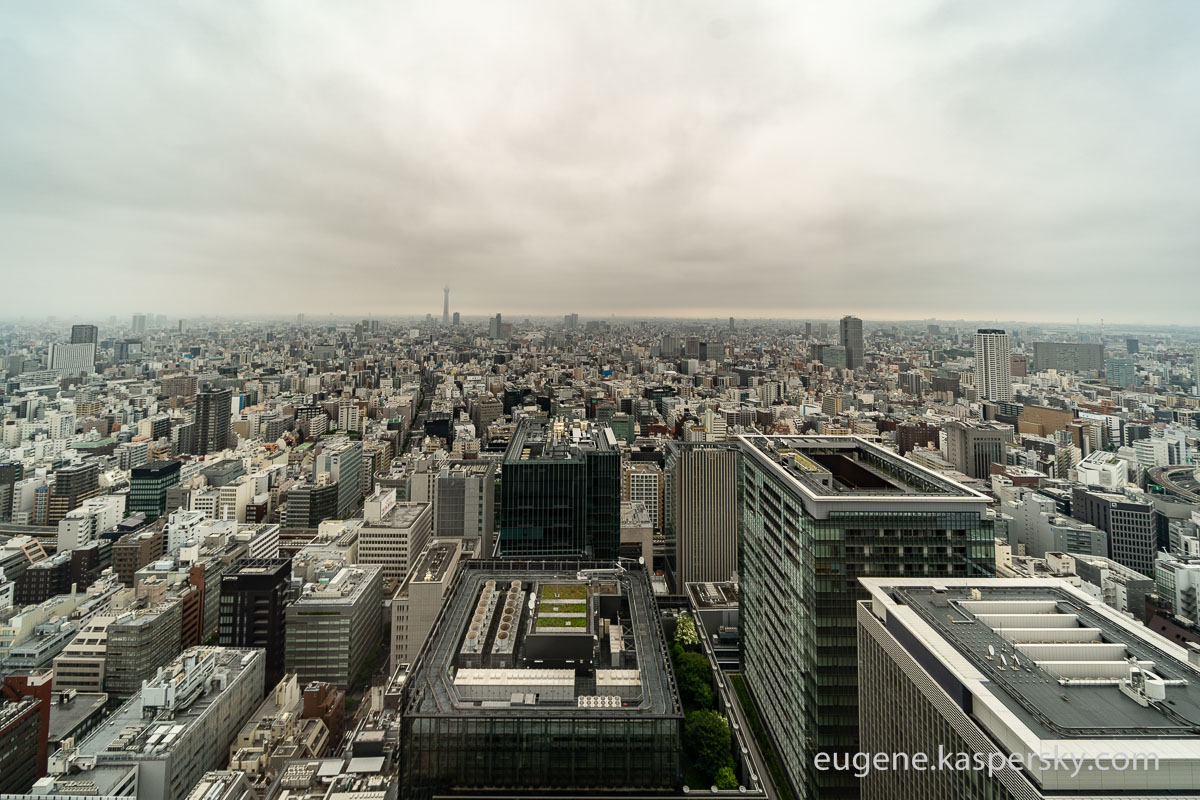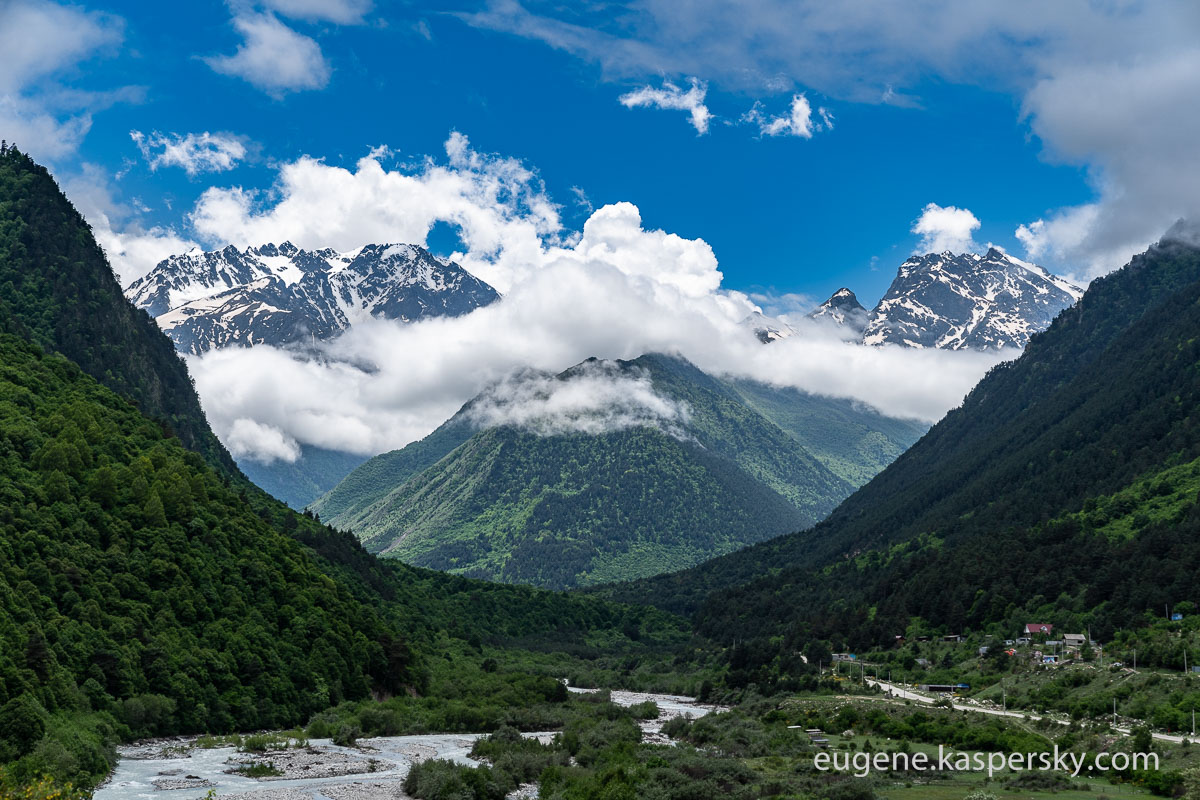Not long after leaving Japan, I read in the Russian press that there’d just been an earthquake there causing several deaths and a ‘transportation collapse’! Oh my Geiger, I thought, and quickly looked for more details on other sites on the web. Well, sadly they were right about the deaths – a few dozen, but ‘transportation collapse’? The earthquake was registered as a 6 on the moment magnitude scale. Sure, it gives everything a real good shake – but it doesn’t knock you, the dog, or the furniture over.
And ‘trains grinding to a halt’ (the article went on)? Of course they did; they’re meant to: special systems are installed on all the railroads to make the trains do just that! And besides, in Japan, there’s a magical 15-20-second warning sent out to all cellphones before an earthquake hits! How on earth that is possible I have no idea, but it sure is massively helpful. I’ve seen it for myself (back in 2011): we were in a car and a local’s mobile emitted a warning signal (so we quickly pulled up), and 15 seconds later the lampposts and traffic-lights started shaking along the road (it turned out it was aftershocks of the (9-magnitude) 2011 earthquake).
In Japan, all buildings, all roads, all bridges, all towers, all infrastructure – it’s all designed and built specially so as to withstand strong earthquakes. Even a 9-magnitude quake damages very little at all! So magnitude-6? You can work that one out yourselves ).
Sure, there’s rail disruption. Sure, the airports aren’t firing on all cylinders. But that’s it. And after a while – everything automatically starts to move and fly again. Japan is quite ready for earthquakes; it has to be.
Ok. That’s enough about earthquakes…
So, anyway… What were we doing in Japan in the first place? A few things; one of them – attending Interop in Chiba (near Tokyo):
Read on: all here!…






























